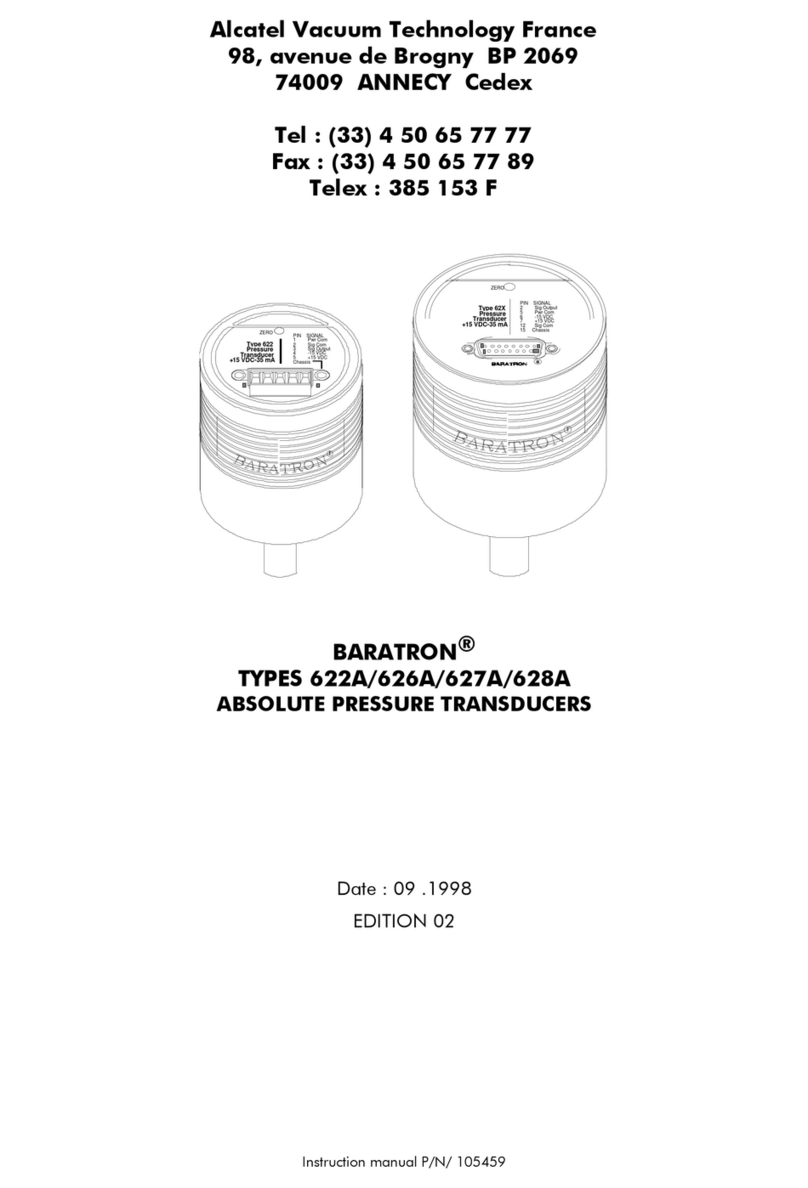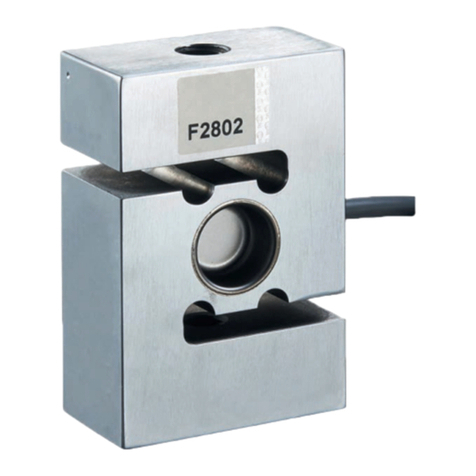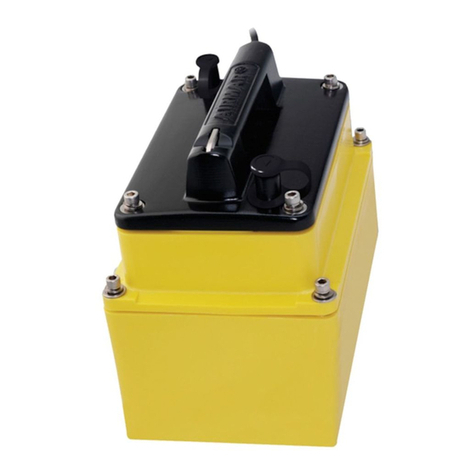TABLE OF CONTENTS
1. Introduction .......................................................................................................................................................7
1.1 About the ST350 Strain Transducer ..................................................................................................................7
1.2 About this manual..........................................................................................................................................7
2. ST350 Overview..................................................................................................................................................8
2.1 Technical Specifications ..................................................................................................................................8
2.2 Options and Accessories .................................................................................................................................9
2.3 Applications ................................................................................................................................................10
3. Operation.........................................................................................................................................................10
3.1 Theory of Operation.....................................................................................................................................10
3.2 Potential Strain Measurement Issues ..............................................................................................................11
3.2.1 Temperature Variation..........................................................................................................................11
3.2.2 Instrumentation Cable Issues ................................................................................................................ 12
3.3 Connecting to Data Acquisition Systems ..........................................................................................................12
3.3.1 Excitation Voltage ................................................................................................................................12
3.3.2 Electrical Connections...........................................................................................................................12
3.3.3 Applying Calibration Factors ..................................................................................................................13
3.4 Verifying ST350 Output ................................................................................................................................13
3.4.1 Resistance Test ...................................................................................................................................13
3.4.2 Resolution/Noise Test...........................................................................................................................14
3.4.3 Sensor Response Test ..........................................................................................................................14
3.4.4 Field Adjusting Excessive Offsets............................................................................................................ 15
3.5 Verifying Accuracy .......................................................................................................................................15
3.5.1 Factory Calibration ...............................................................................................................................15
3.5.2 Items for Consideration for User Verification Tests.................................................................................... 15
4. Installation....................................................................................................................................................... 17
4.1 General Installation Guide ............................................................................................................................. 17
4.1.1 Prepare Mounting Area .........................................................................................................................17
4.1.2 Installation..........................................................................................................................................18
4.2 Installation on Steel Members........................................................................................................................19
4.1 Installation on Concrete Members .................................................................................................................. 23
4.1.1 Concrete Mounting Studs ...................................................................................................................... 23
4.1.2 Attaching ST350 with Extension to R/C Members ......................................................................................24
4.1.3 Attaching Extension to the ST350...........................................................................................................25
4.2 Installation on Other Surfaces........................................................................................................................29
4.2.1 Timber Members..................................................................................................................................29
4.2.2 Composite Materials .............................................................................................................................29
5. Maintenance & Recalibration...............................................................................................................................29
5.1 Maintenance Considerations ..........................................................................................................................29
5.2 Recalibration...............................................................................................................................................29



























